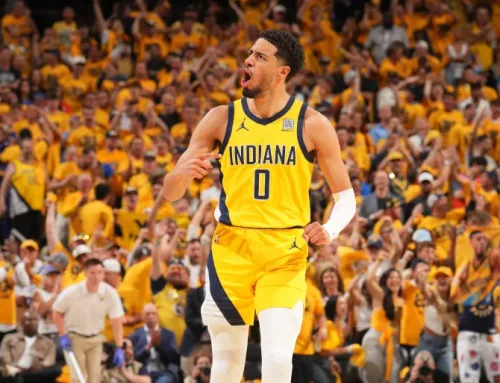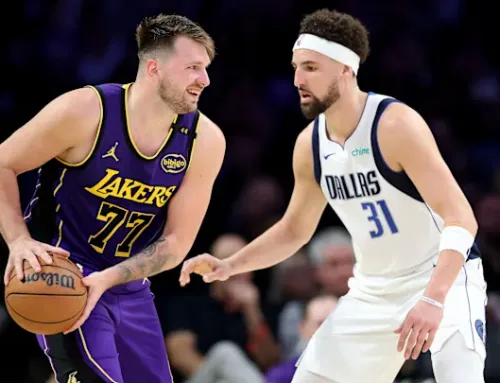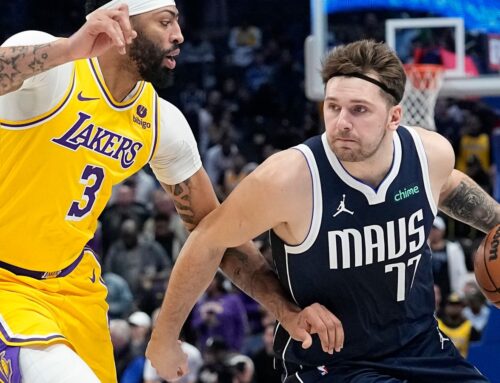The Collective Bargaining Agreement: How Are Proposals Developed?
By: Ken DeStefano
NOTE: This is the second in a series of articles about collective bargaining in the NBA. We often hear about the NBA’s Collective Bargaining Agreement when issues arise with contracts, trades, lockouts, strikes and player disciplinary proceedings. This series seeks to enhance the understanding of the CBA by providing context to the creation and implementation of the governing document between the NBA and the National Basketball Players Association.
The League and Players Association sit at the table, ready to push paper to the other side. But how did they get there? Typically, each side has generated proposals from at least five sources.
First, the parties will examine unaccepted proposals from previous negotiations. Last negotiation, each side undoubtedly started negotiations with dozens of “asks.” Through bargaining, many of these were withdrawn, and the final agreement likely only had a fraction of the initial demands. Each bargaining team will scour previously withdrawn demands to decide if they are still worth proposing. For example, in a previous negotiation, the Players Association might have demanded the elimination of fines for technical fouls. If the Players Association had to agree to withdraw that proposal, it might consider making the same proposal this round of bargaining. A bargaining team with foresight will also examine the other side’s withdrawn proposals to prepare responses when they invariably are re-proposed.
The second source examined involves the parties’ interaction with each other since the last CBA was signed. Undoubtedly, since the last negotiation, the parties have disagreed on various wording in the previous CBA. When one party believes CBA language means one thing, and the other party thinks it means something else, the parties must come to a “meeting of the minds.” Sometimes, this involves a micro-negotiation just about the meaning of that one contractual term. The parties will examine things like the way it has been interpreted in the past, bargaining notes and a myriad of other information to figure out what the parties intended when they wrote the language. If they cannot agree, a contractual “grievance” may be filed, usually by the Players Association, and the matter can proceed to arbitration. At arbitration, an arbitrator selected according to specific rules in the CBA will hear evidence and argument, and ultimately decide what the language means in the grievance. When this happens, the parties commonly attempt to clarify the language in subsequent negotiations.
There are also times when the Players Association may believe that the League is violating the law in the way it is acting. If that is the case, the Players Association may file an “Unfair Labor Practice” (called a “ULP”), with the National Labor Relations Board. The matter will be assigned an Administrative Law Judge (an “ALJ”), and litigation will ensue. Depending on the status and results of ULP’s, parties may seek to change contractual terms through negotiation.
Next, the parties will look into subjects that did not exist when the last CBA was signed. The parties will consider new developments — be they technological, legal or other — that did not exist at the time the last CBA was signed. For example, fifteen years ago, the concept of social media (Twitter, Snapchat, etc.) did not exist. In its proposals, the League may seek to restrict social media posts by subjecting them to the disciplinary process, and the Players Association may seek to protect those same rights from that procedure.
Another example that the League and Players Association will have to navigate is Daily Fantasy Sports (DFS), especially as sports gambling is being legalized in more states and becoming more prevalent. For example, the current CBA Code of Conduct prohibits wagering “money or anything of value on the outcome of any game….” This language is clearly inadequate if intended to prohibit participation in DFS. As such,the League may try to expand the prohibition, while the Players Association seeks to keep it restricted.
The fourth source of proposals will come from a survey of constituents. The bargaining teams need to know what the people who will ultimately vote on a contract ratification think. They can gather this information by informally speaking to governors and players, respectively, or they can distribute formal surveys seeking input for negotiation demands. These results may yield proposals, but, just as importantly, will inform bargaining teams what the constituency believes is important. During the process, a negotiation team will impress upon the other side the importance of a specific proposal, as supported through the surveys. If the proposal is not agreed upon, that bargaining team will need to convince constituents at a ratification meeting that there was a justifiable reason for withdrawing the proposal. Otherwise, the agreement could be voted down.
Finally, new negotiating team members may bring insight that previous bargainers lacked, and lobby for a wholly new proposal. Often bargaining teams have institutional fixtures—the same people sit on the team negotiation after negotiation. At times, new members join the team, and bring a fresh outlook about an issue that should be addressed. This “new blood” may generate creativity that results in successful changes to the CBA. For example, prior to becoming the Executive Director of the Players Association, Billy Hunter was one of the youngest U.S. Attorneys in the country. He prosecuted high-profile groups like Hell’s Angels. Michele Roberts became executive director after a prestigious career at Skadden, Arps, Slate, Meagher & Flom, but before that she rose to prominence as Trial Division Chief for the Public Defender Service for the District of Columbia. No doubt, a former prosecutor and former defense attorney see the bargaining world differently—and bring different solutions to problems.
Developing the proposals is a critical process. When deciding what proposals to bring across the table, each party must thoroughly “know” the other side. Should they only propose matters that they really want, and are really defensible, or will the other side bargain in such a way that some proposals will have to be withdrawn? We will tackle that in our next article in the series.




